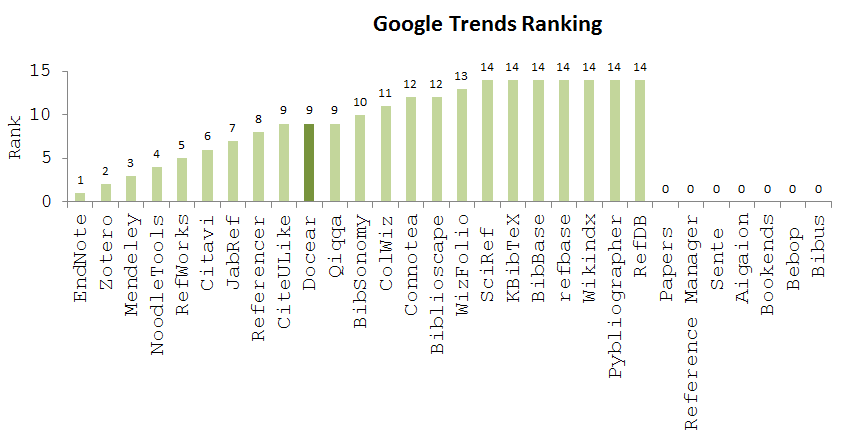

These can come from your library or the Web-simply type in some keywords and pick the right result from the list. The Google Drive plugin (which you will need to authorize separately the first time you use it) lets you add citations of any format to a document you’re working on. Remember the Google Drive integration I mentioned earlier? It’s not just for cloud storage-you can also use it to write and collaborate on manuscripts, papers, or even your entire thesis.

You can also set up shared folders to collaborate on a reference list with others, even if they don’t use Paperpile themselves-great for journal clubs and lab meetings.Ĭlick “insert citation” in a Google Doc and start typing to locate articles from your library or the Web.Īll this, however, is just scratching the surface of what Paperpile can do. Paperpile makes it unbelievably easy to view PDFs from your library, copy citations (simply mark one or more articles and press Ctrl+C), view who cited an article, and share articles with colleagues or friends. All this browsing and editing is easily done with your mouse or using keyboard shortcuts. For better organization, you can add notes to your papers or star them for even quicker access. The search function is instant, and the abundance of filtering options makes it easy to view papers by certain authors or from certain journals and sort them any way you want. Paerpile makes it easy to organize and view papers, without overly complicating the process. Paperpile supports folders, subfolders and labels, and organizing your papers into them is a matter of dragging and dropping.

#REFERENCE MANAGER 12 HELP PDF#
When you find a new paper online and add it, Paperpile will automatically download the PDF for you, and all your PDFs can be synced to Google Drive with one click. When it can’t find it, it’s easy to manually add it on your own. Paperpile analyzes your papers and acquires all the necessary metadata by itself.


 0 kommentar(er)
0 kommentar(er)
